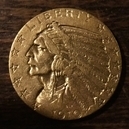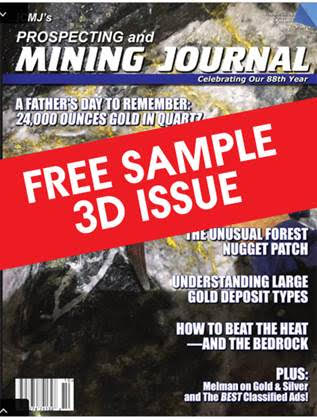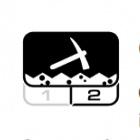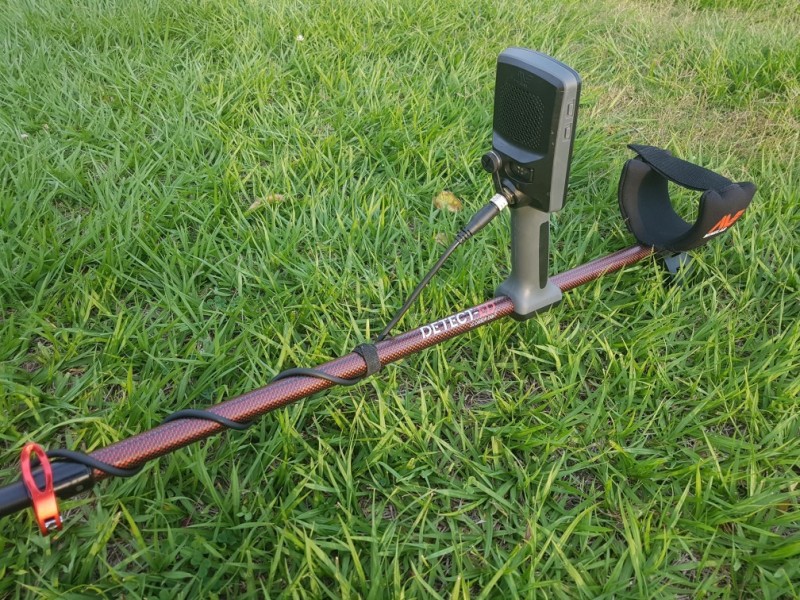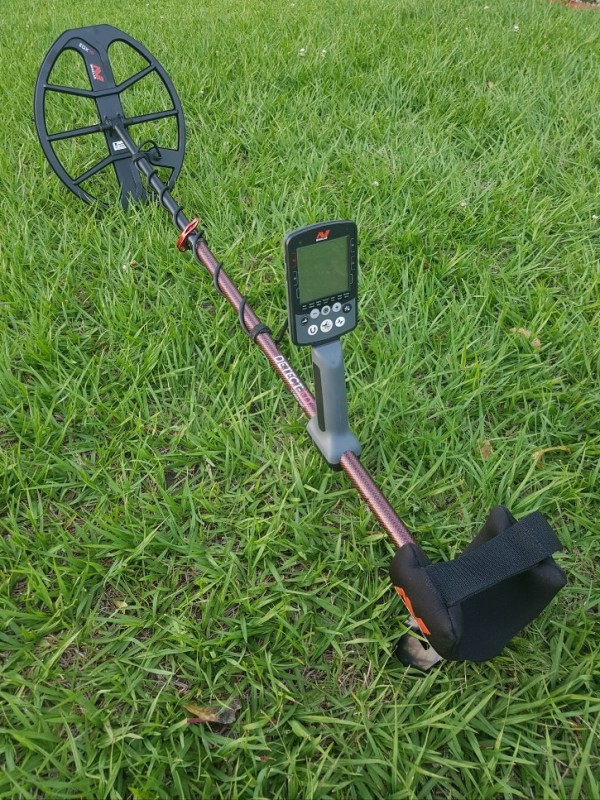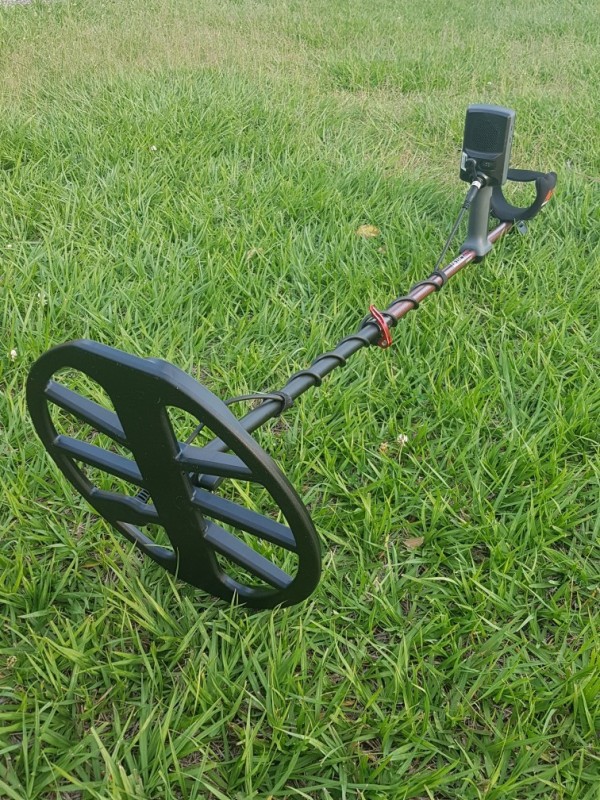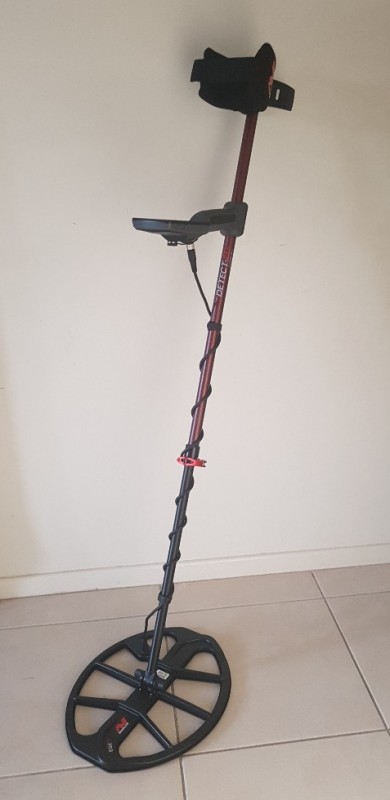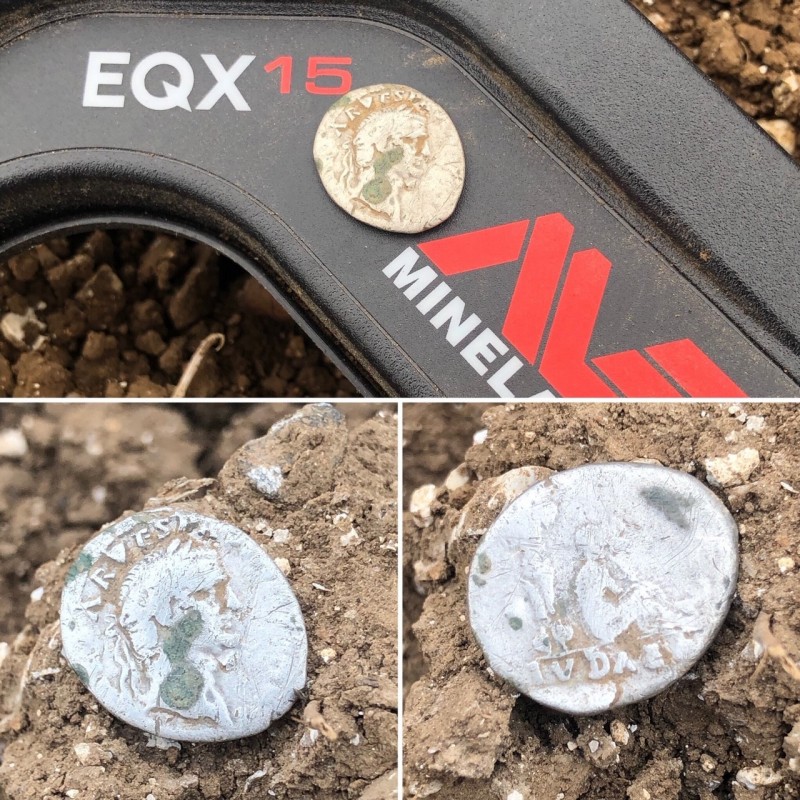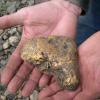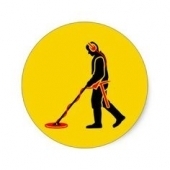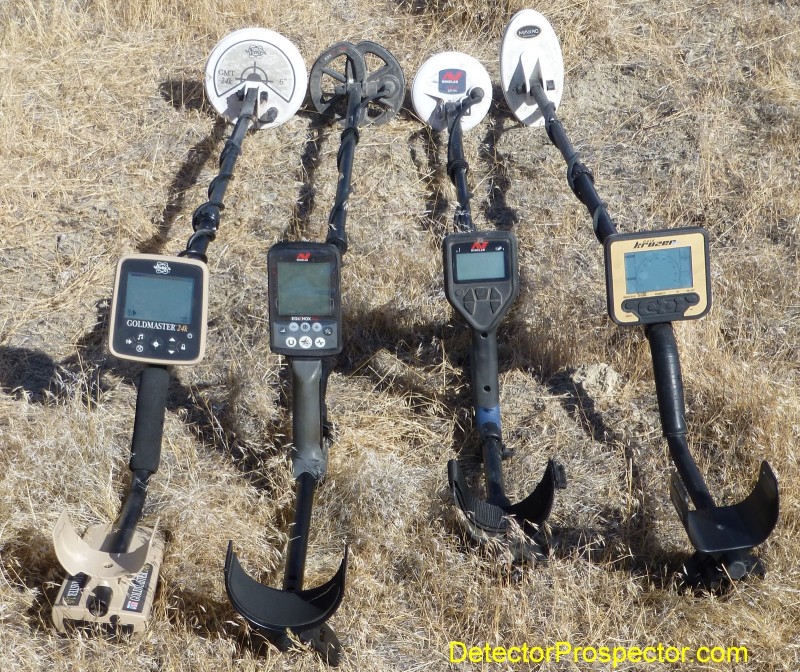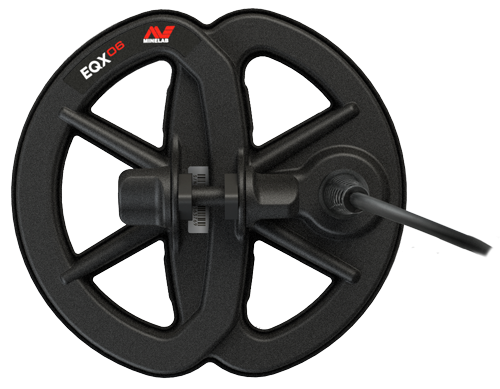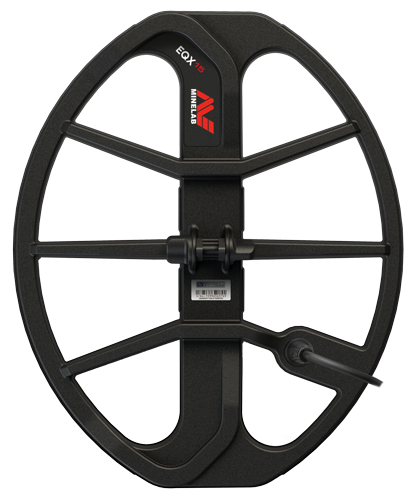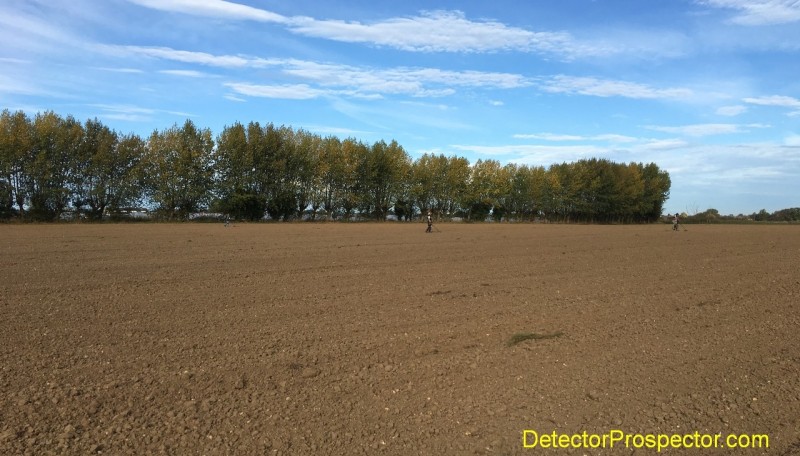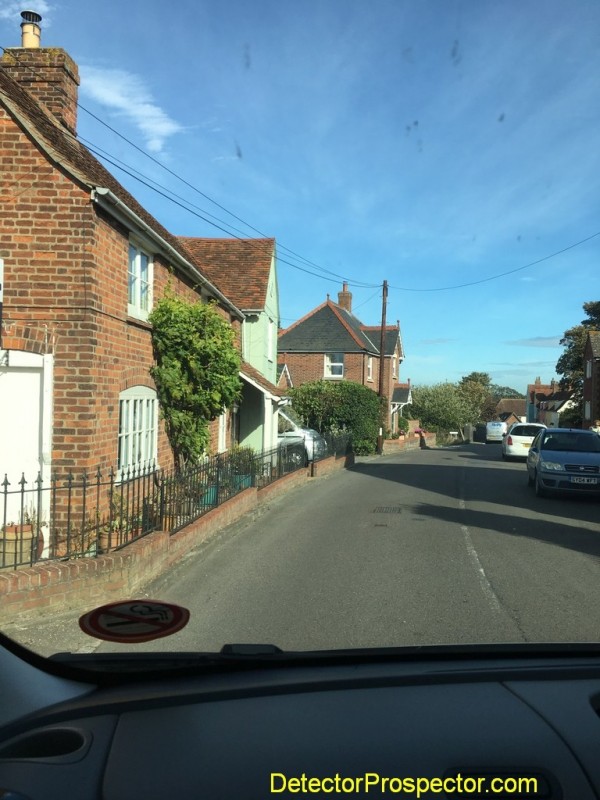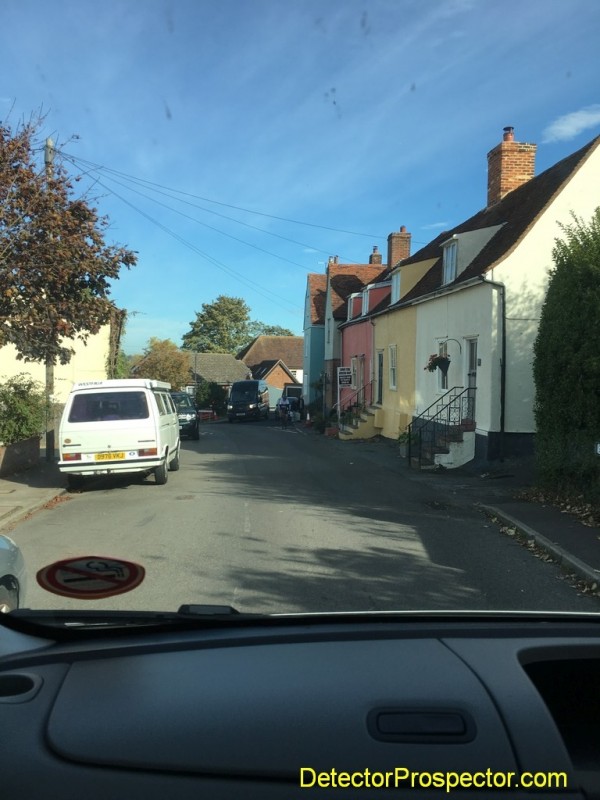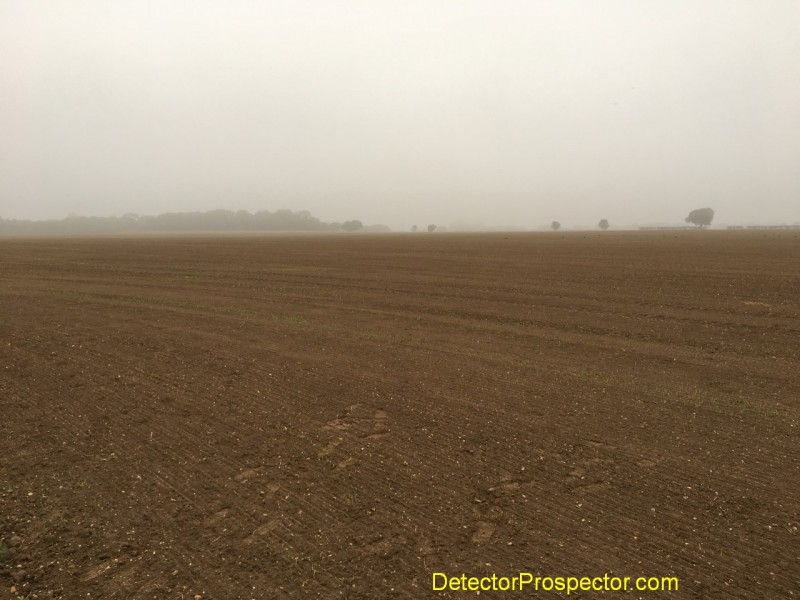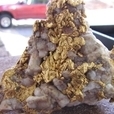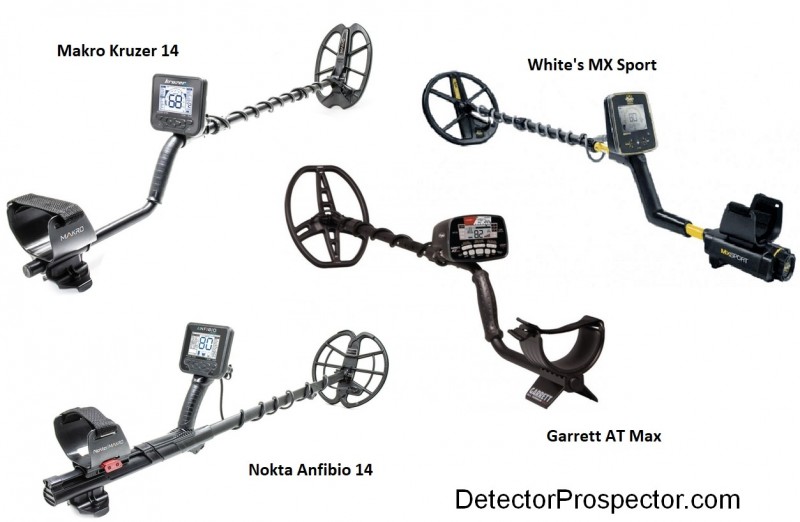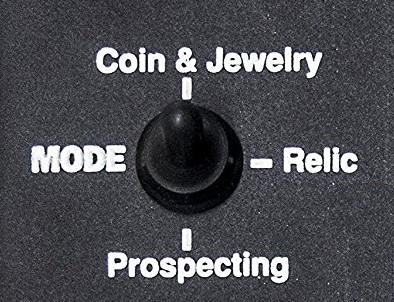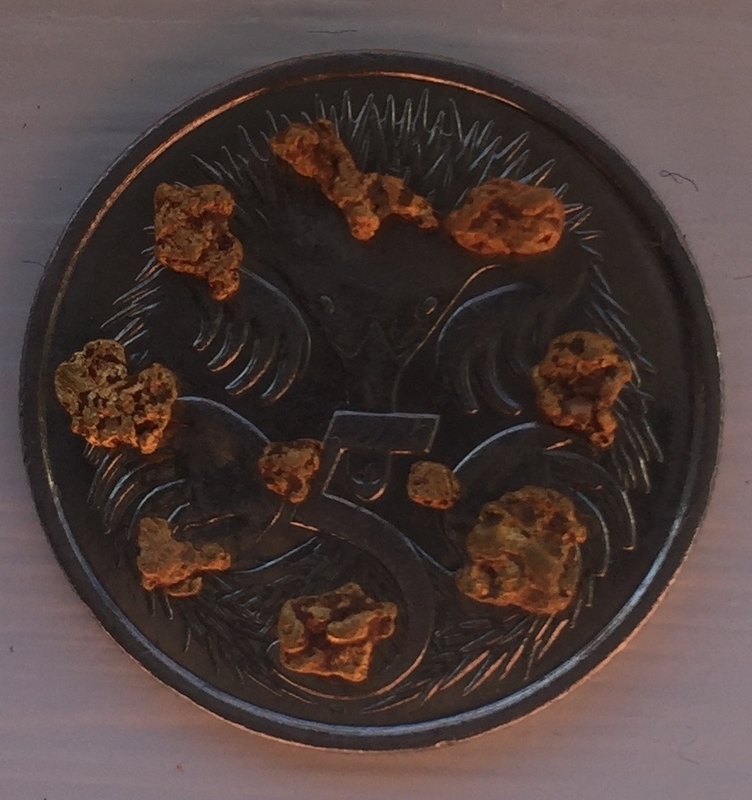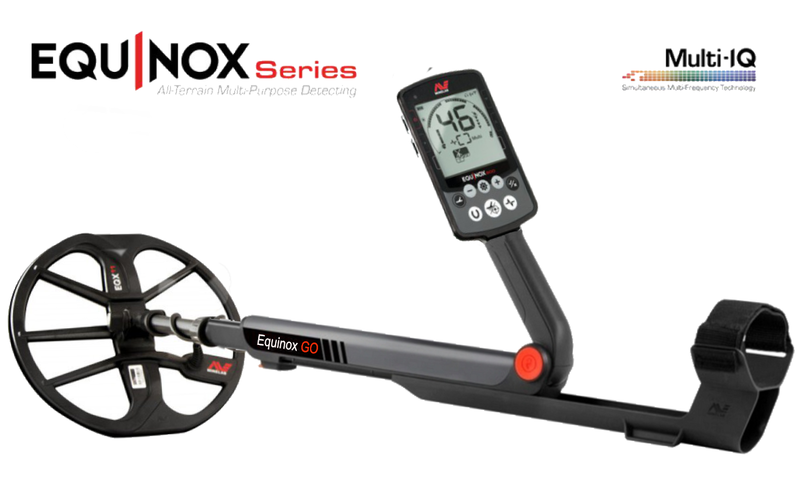Leaderboard
Popular Content
Showing content with the highest reputation on 11/11/2018 in all areas
-
Snow trying to stick down low and drove thru snow to the gold fields a couple days ago so days are numbered!!!!! Might be able to get in 1-2 more days depending? Here's my total nuggs for my 1st year chasing with a detector. I'm happy with results and thank ALL on here who helped me general info and "secret" info (lol)...they know who they are. The New Zealand boys post up great info and I think we all appreciate the scenic so I thought I'd sprinkle in some scenic for them so they can see my area in particular which is typical in many areas of the western U.S. All the nuggs were got with the Gold Monster in 2 locations in Idaho and 2 in Montana. Sluiced gold came from Montana claim from 2 trips mid winter in butthole deep snow (FS don't allow sluicing in river but they ain't up there mid winter...lol). My other hobby is chasing predators with trail cams so I sprinkled in a couple to show you guys, and the New Zealand boys what you could see at any time out in the western states. Hope you guys enjoy the pics...... Weight wise...this was my best day below19 points
-
Because these two detectors are so different in design, there are other things to consider besides performance. Some might be willing to give up a possible very slight edge in performance of the 24k for the simplicity of the Monster. The Monster is so unique in that regard that it has real value. The simplicity of the Monster 1000 is frankly addicting to me even though I have the experience and skills to run the more complex nugget detectors. Maybe I’m just getting old. I have an Equinox I can use if I want to play with settings and try to dial in peak performance if i want. Im just saying your personality and type of hunting you do needs to be factored in for Detector choice too. Bryan3 points
-
At the ICMJ we've decided to post a free issue of the prospecting and Mining Journal magazine on the internet for any new folks who are around to see what it is. (Also experienced prospectors who are wondering about the magazine). We have up to date articles about how to get more gold in your prospecting, legal issues and the best equipment out there for finding gold. If you have any interest in prospecting, this is the magazine you will the most learn from. I may be a little biased as I'm the assistant Editor, but on the other hand I've been getting this magazine since the late 1970s and its always been a lot of fun. Take a look, I think you'll be glad you did. I you want to subscribe, the subscription info is on the inside of the last page. Its worth not missing a single issue. https://www.icmj.com/resources/news-and-events/miners-news/free-online-sample-issue-392/2 points
-
Depth IN the water ? I have had the 15" in the saltwater 4 times now and it hits deep on small targets ...But.... I find the depth meter is not always correct and I dont hunt with a measuring tape . In the water I am not about to to quickly swap over to the 11" coil to compare, I may never find that exact spot again. The only way I can see that comparison happening is for 2 hunters with the same machine and the exact same settings, each with a different coil to compare a signal and then dig it and try to measure its depth under 2 or 3 feet (or more) of ocean. As Chase said, there are so many variables that can affect depth I had to use Tracking & constantly adjust Sensitivity yesterday to keep it quiet due to black sand...but that is no different to 11" coil for this beach. IN the water everything is much harder - just extracting a deep target with wave action buffeting you and with fast collapsing sand can be a challenge (let alone measuring it) - as I found yesterday. The sand fell in as fast as I could dig, so only fast digging and accuracy worked. I find the 15 OK to swing underwater but obviously not as light as the 11. It seems to handle minerals and conditions equal to the 11. My 15" smacks a 5gram gold ring but depth measurement underwater is almost never going to be accurate IMHO.2 points
-
This is a Nokta / Makro forum. Please take discussion of other brands to the appropriate forums. When in doubt the Metal Detector Advice & Comparisons Forum is a good place to start.2 points
-
The sun popped out, the temperature finally got up to zero C, wind 17-28 km/h. That is about as good as it's going to get this weekend, I'm going in. Expect me to report back later with massive amounts of treasure.2 points
-
What great gold, beautiful scenery, and amazing wildlife shots! I’ve yet to see a mountain lion...seen their tracks etc and “felt” them nearby while out; your cam pic sure caught their wildness!2 points
-
2 points
-
2 points
-
Probably more an effort to stir up interest in watching the show than actually wanting people to apply. The effort made is real minimal. I've not seen them really add anyone new. Years ago, I heard and interview of Red Skelton (a comedian from the 40s-60s) where he said that when he'd come to a town to do a show, he'd call up all the bars and clubs in that town and have them page for Red Skelton. He swore it helped him sell tickets because people heard his name. There are many tricks to show business.2 points
-
Hi guys ! Yes, I am a beach hunter, but I was invited to metall detecing on a WW1 field... So the beach hunter I am was suddenly contemplating a huge corn field which has seen some ww1 Action... I chose to hunt before noon (2 hours) with the Equinox 800, and two hours in the afternoon with the Safari I happened to win at a detection rally two weeks ago. As you can tell from the posted pics, the Nox Found 18 targets, the Safari 32, but i felt the afternoon search was richer in targets...The best find of the day was a silver King Leopold II 1867 2 Francs (Belgium), a very rare coin, as it has only been minted from 1866-1868 The nox got more tiny targets (low conductors), but the Safari was able to find some tiny targets too. I don't know what to think about the results about both detectors, but they are very close in my opinion. Those are the pics of this outing (round bullets are belgian, the others are german). Happy hunting !1 point
-
First off THANKS to everyone for the nice words....it's appreciated!!!! Northeast.... Currently down to 6 cameras and have run Reconyx cams almost exclusively for 10+ yrs. Reconyx are spendy but very reliable and due to thieves finding my cams (3 now @ $1200 loss) I started buying "el cheapos" in case of theft. The pics posted are from my new "el cheapo" cams ($100) and take GREAT daytime shots, IR night pics not so hot. The cams are Browning Strike Force and last yrs models. All trail cams are china made cheap (except usa Reconyx) and I consider them "throw aways" if they get stolen or when they break down, and they do. I'm actually very happy so far with these 2 Brownings….EXCELLANT day pics, great battery life, small & easy to conceal, and cheap, and most important (for me) is they work in the cold weather unlike a lot of the "el cheapos"..... Hope that helps Thanks again everyone for the words!!!!1 point
-
Nice pics and a good hand full of gold. I have to give it up for the season because of snow. It's going to be a long winter.1 point
-
When I saw a video showing the Makro Gold Racer recovery speed using two nails and a gold ring, it caused me to reflect on the various internet nail tests. Nearly all employ modern round nails, when these items rarely present issues. The common VDI (visual discrimination scale) puts ferrous items at the low end of the scale, and items with progressively increasing conductivity higher on the scale. The problem is the size of items also matters. Small gold is low on the scale, and the larger the gold, the higher it reads on the scale. A silver quarter reads higher than a silver dime, etc. All manner of ferrous trash including medium and smaller nails fall where they should when using discrimination and are easily tuned out. The problem is large iron and steel items, and ferrous but non-magnetic materials like stainless steel. Steel plates, large bolts, broken large square nails, axe heads, hammer heads, broken pry bar and pick tips, etc. all tend to read as high conductive targets. Usually it is just the sheer size pushing it higher up the scale. Detectors also love things with holes, which makes for a perfect target by enabling and enhancing near perfect eddy currents, making items appear larger than they really are. Steel washers and nuts are a big problem in this regard, often reading as non-ferrous targets. Oddball shapes cause problems, particularly in flat sheet steel. Old rusted cans often separate into irregular shaped flat pieces, and roofing tin (plated steel) and other sheet steel items are my number one nemesis around old camp sites. Bottle caps present a similar issue in modern areas. These items produce complex "sparky" eddy currents with both ferrous and non-ferrous indications. Many thin flat steel items produce remarkably good gold nugget type signals in old camp areas. Two general tips. Concentric coils often handle ferrous trash better than DD coils. A DD coil is often the culprit when dealing with bottle caps where a concentric coil often makes them easy to identify. Another thing is to use full tones. Many ferrous items are producing both ferrous and non-ferrous tones. Blocking ferrous tones allows only the non-ferrous tone to be heard, giving a clear "dig me" signal. This was the real bane of single tone machines with a simple disc knob to eliminate ferrous objects. You still heard the non-ferrous portion of the signal. Multi tones allows you to hear the dual ferrous/non-ferrous reports from these troublesome items, helping eliminate most of them. Certain detectors can also show multiple target responses on screen at once, like the White's models featuring the SignaGraph (XLT, DFX, etc.) and CTX with target trace. These displays show target "smearing" that stands out differently from the clean VDI responses produced by most good items. A machine with a simple VDI numeric readout can only show you one number at a time and the only indication you might get is "dancing" numbers that refuse to lock on. Usually though the predominate response overrides and fakes you out. This is where a good high end visual display capable of putting all VDI response on screen simultaneously can really help out. the bottom line is there is not a clear line between ferrous and non-ferrous, but an overlap. Many detectors offer a variable control to deal with this - the iron bias setting. Higher settings eliminate more ferrous, but also runs more risk of missing the desired non-ferrous. Conversely, lower settings reduce the risk of missing desired targets, but you dig more trash. I have been collecting these odd iron and steel items to practice with and to help me evaluate which machines might do best in ferrous trash. The main thing I wanted to note here is contrived internet videos with common round nails often present a misleading picture. Many machines do very well on nails yet fail miserably on flat steel. Steel Trash Testing Tech explanation from Laurence Stamatescu at Minelab:1 point
-
Further to what has been written in the above answers... Some searchplaces are so instested with iron that they're pretty unworkabke...Again, I have to bring out european pure nickel coins ( as are canadian coins too) . You face an iron infested place? Well, just do as usually, using your best settings for the places. Then use a NO MOTION mode on the same place, and just ground balance it to salt... What now will happen is all PURE ferrous targets will be IGNORED, all ferrous alloys will give signals. Pretty useful for relic hunting and Canadian coins hunting. Purists will state that de detector will not be tuned to the actual site conditions...believers will walk away with finds... This trick is very useful once you understand it...I had plenty of succes in relics and coins using this trick with the GBPro in all metal mode, GB to "0" From then on, you will know what you were missing... If the detector beeps, dig !! no matter if the ID is a ferrous one !! Happy hunting...!!1 point
-
Equinox is not in any case castrated Spectra, it's a high-power multifrequency metal detector ...1 point
-
good gold for your first year oneguy and some great work with the critter cams .1 point
-
I know the done thing is to put this in the For Sale section but I can only imagine that there will be very few Aussies on here to make it worth the while. However, 1 or 2 might see it here and are interested. A link to where I've got the GM up for sale on Prospecting Australia https://www.prospectingaustralia.com.au/forum/viewtopic.php?id=28497 When/if sold the the GM money will fund the purchase of the small coil for the Equinox. The Equinox has finally ticked the confidence factor box so no need to keep the GM. (If it is not OK to put this here Steve, please just delete the post. Thanks ?1 point
-
1 point
-
I bought the same shaft setup for my 800 and I am very happy with it. The 15" coil is a beauty and cuts down the swinging time at parks. I also bought another carbon shaft, along with a spare Equinox lower shaft and fitted my Gold Monster to them. Works a treat and I can now collapse the whole thing for transporting.1 point
-
Equinox 800 would be the best VLF on the market to look for gold in hot ground, IMO, due to it's Multi-IQ. Something like a XP Deus with a eliptical HF coil or the Gold Monster might be my second choice. If the ground is really difficult, then you may need one of the big Minelab pulse machines that is typically used in the land of upside down. These are better when needed, but don't have much in the way of discrimination.1 point
-
1 point
-
1 point
-
1 point
-
1 point
-
1 point
-
Hey oneguy, Beautiful gold scenery and animal pics. They are fantastically clear images from your game cameras. Can I ask what you use? Have long been thinking about getting some but am always worried about the quality of the pics. Thanks, NE.1 point
-
Great job and some beautiful pictures---i used to live in Ennis and that got me thinking about duck hunting there.. Next year will be even better for you I hope. Its all good whenever were outside right?1 point
-
Wow, 19 minutes, way to go Dirtman! But since only one minute separated his and Steve's responses, and since good 'ol Steve already suspected my identity, so I'll call it a tie, and both will get copies of what I am tentatively titling "Advanced Nuggetshooting with the Goldmaster 24K." I am still refining it, so it hasn't been published yet. Disclosure is a good thing, since it helps encourage accountability. I am known as Jimmy M on other forums, and my real identity is known there, so likely many on this forum already knew it was me. Since I just joined this forum I knew I already had friends here from other forums. GMT vs. 24K. What I have been told is that White's will continue to produce the GMT as a demand exists. But, really, the 24K IS the superior machine. For many of us it is certainly worthy of upgrading to. A number of my GMT customers have already opted to upgrade to the 24k. I have. The 24k does indeed outperform the GMT. What do I like most? The flat-bottomed 6" 24k concentric gives better performance than the original (thicker) GMT version, so there is a depth plus there. On sub-grain pieces the thinner profile means greater usable depth. The 24k, fitted with the 6", gives better depth then the 10x6, at the same gain setting, but gives better response on microflakes. The patent-pending XGB ground balance system really improves performance in black sand washes with lesser need for lowering gain settings. Using a Iron Reject setting of 2 significantly enhances the ability to further cope with hot ground, while also eliminating many smaller/weaker hot rocks, but doing so with minimal loss of depth on microflakes. A killer combination in REALLY hot ground. As mentioned, the 24k is a wonderful "turn-on-and go" machine, with the additional benefit of all those other options and features the advanced operator can employ as desired. In time more reports on it's performance will likely find their way to this forum. Also, the Spud Diggers (actually Tough Run Metal Detecting) YouTube video showing Gerry and I (trying) to demo the just-received GMT 24k prototypes show us using business cards as targets. These cards had 1/4 grain gold flakes laminated to them, so you can see the performance of the 24k. Actually, at that point in time Gerry was only using the factory presets. The later production models (Goldmaster 24k) offer significantly better performance than those early prototypes.1 point
-
I figured it was you a Jim but on this forum we don’t play coy which is why I had to ask. I have never for instance ever seen you represent anything but White’s detectors and so weighing in on other brands... well, let’s just say disclosure is the proper way to go. Guys like Lunk, Gerry, LuckyLundy, etc. usually do that via dealer links in their signatures, plus they are longtime forum members and this is already common knowledge. Welcome to the forum! My Policy Regarding Dealers Since you were so heavily involved in the development Jim, what in your opinion does the GMT do better than the 24K to justify the higher price?1 point
-
1 point
-
Steve, I fully agree that there is a great deal of sales hype and brand-bias in this hobby/industry. And, yes, the qualifications/credentials of those offering opinions are certainly worthy of scrutiny. Actually, you personally know "Jimmy M." You and I have known one another for many years. We have always treated one another as friends. I will, below, present my credentials regarding my 35 year association/ love affair with electronic prospecting. By the time I finish revealing the following info, you, and perhaps others reading this, will be able to name me. In fact, the first person to post my name here will receive my soon-to- be released book on the 24k (title withheld here). Yes, even if the coppy will have to be mailed to NZ or Oz. Clues: I have been prospecting for gold with a metal detector for 35 years. Very successfully. I have written over 500 articles for various treasure hunting magazines. Of these, 56 have been metal detector field tests. I have written three very well received "how to" books on nuggetshooting, which have sold many tens-of-thousands of copies. As regards my knowledge of the Goldmaster 24k, I was one of the team White's selected to test all the GMT 24k/Goldmaster 24k prototypes, and several successive generations of searchcoils. I have used the 24k, in 2 different states under radically different detecting conditions. As you know, White's has a Goldmaster 24k Dealer Certification Program. Gerry McMullen and I wrote it. By now you have likely identified me. One final clue: I wrote the 24k Field Test Report which appears in the October issue of "Western and Eastern Treasures" magazine. And since the question will arise "Did White's compensate you for that article?" the answer is NO, they did not. Yes, I did get paid $150.00 from W & E. As regards my challenged comments re: White's side-by-side Brazilian test of the two machines, refer to Steve Howard or Tom Boykin. As for "show me the (24k) gold", see the "Spud Diggers" YouTube videos on the 24k and Diamondville. Best wishes to all, and HH!1 point
-
1 point
-
Hi Jimmy, On this forum it does help if we know if a person is speaking from personal knowledge or not. You come across as a dealer or dealer representative, which is why I asked for clarification. It always piques my interest when people make definitive performance statements about detectors that I have in my possession and have actually compared to one another. Reality is rarely as clear as sales promotional materials. Minelab Gold Monster 1000 Information page White's Goldmaster 24K Information page White's Goldmaster 24K, Minelab Equinox 800, Gold Monster 1000, Makro Gold Kruzer1 point
-
1 point
-
The XGB auto tracking works great, and unlike the GM1000, it tracks several ground balance points simultaneously, providing more accurate tracking in variable ground.1 point
-
I've had my 24k for awhile now, and just sold my GM1000. They are both extremely sensitive, but I like the 24k because it has more onboard tools to customize the detectors performance in different situations. And the 6" concentric coil does shoot a little deeper than a double-D coil of the same size.1 point
-
It is not necessary... it is an adjustment that trades a more solid hit on a target for trash separation capability. In open ground slower recovery speed will make a deep target sound more solid, but at the cost of poorer separation in dense targets. It is a trade off. The rule of thumb is to use slower recovery speeds where targets are sparse, and faster recovery speeds where targets are dense. Faster recovery speeds are generally beneficial in higher mineral / highly variable ground. In other words, just because you swap a coil there is nothing about recovery speed that works any different than it did before. Adjust to suit the situation. For max depth slower swing speeds combined with lower recovery speeds is generally going to be the answer but as target density increases so does the need for a faster recovery speed. For what it is worth I ran recovery speed of 5 the whole time I used the 15" x 12" coil in the U.K. 15 Oct 2018 EQUINOX 6" & 15" Coils Now Shipping Increase the potential of your Minelab EQUINOX with the NEW 6” and 15” Smart Coils Minelab are pleased to announce the release of the 6” round and 15” x 12” elliptical Smart Coils for the EQUINOX 600 and EQUINOX 800 metal detectors. The EQUINOX Series with innovative NEW Simultaneous Multi-Frequency technology, redefines all-purpose detecting for the serious enthusiast. The 6” and 15” coils, powered by Multi-IQ, will further enhance the EQUINOX’s ability and versatility; ensuring maximum results in all terrains. EQX 06 Double-D Smart Coil The EQX 06 6” round Double-D coil is waterproof up to 3 meters and weighs only 300g, making it easy to manoeuvre in or around tight spaces and difficult terrain. The EQX 06 improves target separation in trashy areas and is resistant to EMI, enabling higher sensitivity settings and increased performance in difficult areas. The EQX 06 is the best companion on any hunt. “The Equinox’s 6” coil is ideal for detecting targets nestled amongst junk infested areas and it packs a punch as well.” Mark Lawrie – Chief Engineer EQX 15 Double-D Smart Coil The EQX 15” is a 15” x 12” elliptical Double-D coil that is waterproof up to 3 meters and weighs only 650g. Designed for specialised relic and treasure hunting, the EQX 15 provides enhanced ground coverage in open spaces and increases the chances of finding that hoard. The EQX 15 will not leave anything behind. “Congratulations to all involved with the Equinox 15” x 12" coil. It’s a ripper! It’s quickly adding gold coins to my moneybox and has found a cool silver ring.” Field Tester – Adelaide SA.1 point
-
What a great adventure, Steve!!! I love your description of the traffic "laws"...reminds me of being in Oz. I never got accustomed to being on the wrong side and looking the wrong way first... even walking was a trial for my simple brain. Your advice to "do It" is spot on...you never know when you will wake up too sick or broken to climb that next hill. Wonderful pictures as usual... fred1 point
-
I took photos as I could along the way. Here are the better ones in the order in which I took them with some notes. The farm fields we hunted were mostly planted with wheat for the fall/winter but many had signs of having been planted with potatoes or small patches of onions or carrots over the summer. Some fields are in "stubble" which is nothing more than mowed down wheat stalks in most cases. The stubble is harder to hunt when dry but affords a refuge during rainy weather as the stalks soften up and the ground is not muddy like the fresh plowed fields. The plowed fields can be deep plowed and very rough. They get plowed/processed again for a finer finish but still loose and lumpy. Some get processed yet again it appears to a very fine flat finish but it may be just the consistency of the soil I am seeing that creates the finer finish on the first go. The fields get planted and then "rolled" to compact, and they sprayed with fertilizers and/or insecticides. I am no expert on all this, just trying to get the idea across. We hunted all the various phases and the wheat can be hunted until too deep to swing a coil though. All the farmers have differing levels of tolerance for detecting activity depending on the state of the fields and the hunt managers keep tabs on all that for the group. Bottom line rolled or planted fields made for the easiest walking. The newly deep plowed land could literally break ankles, and the fluffier, rougher stuff is somewhere in between. It is just fine but I did notice at the end of the day I was more tired from walking on it. Here is a photo of a loose and lumpy field... Hunting a lumpy farm field Driving is not just about driving on the other side of the road. I can handle that. The parking and navigation laws are near non-existent compared to the U.S. The basic rule is you have the right-of-way while in your lane. And you can park almost any way you want as long as one lane is left open. This means one lane is often blocked. the open lane has the right of way, and if you are in the blocked lane you want, then dart out and make a dash for the next open area in your own lane. It feels like a game of chicken at times, but the person in the wrong lane must always give way, even if it means backing up. People park forward or backwards, and often halfway up on the curb -whatever. These lanes were designed for horses at most, and bless the Brits they leave it all be and just cooperate as best they can to deal with it. In the U.S. we would raze it all and build a superhighway. I admit I kind of prefer the English way of dealing with limited land and cultural resources. It in the end adds to the charm of it all, though it can be frustrating when you run into a rude and aggressive type who tries to intimidate others to get the right-of-way. Ron is a fire engine driver and therefore his skill level at navigating this stuff vastly exceed my ability to watch it all for a couple days. I had no problem being in the back of the bus at all times, securely strapped in! Notice cars parked in lane facing both ways, view from normal left lane driving Now we are in the "wrong lane" with oncoming traffic. The oncoming has the right of way, and we are going to dive into the little opening on the left so they can continue on. Then pop out and make a mad dash for the next open stretch. Very exciting! Navigating the narrow streets Downtown Manningtree. I think squiggly lines mean no parking. Mindy getting supplies at classic English butcher shop. She is a great cook! Misty morning, damp field1 point
-
Cheers All. Been away all summer..... but going thru All the excellent Posts from the Forum I missed, That will take a few more days!You guys and gals are Amazing! Great Finds....here's a new one from My Mate Jay ! Enjoy!? Ig1 point
-
This is a quick comparison of 14 khz waterproof single frequency metal detectors. 13 - 15 khz has proven to be an excellent frequency range for all around metal detecting. For those seeking bang for the buck in a single frequency metal detector these models offer excellent performance at affordable prices. Click on chart for larger version. 14 kHz single frequency waterproof metal detectors compared To see other frequencies compared go here Makro Kruzer, White's MX Sport, Nokta Anfibio, Garrett AT Max1 point
-
Modern induction balance (VLF) detectors usually can operate in two basic modes. A true detect everything all metal mode or a discrimination mode. Discrimination modes use various filtering methods to help separate desired targets from the trash. The filtering takes away from overall depth and the target identification gets less reliable with depth. In nearly all cases a detector operating in a pure all metal mode will find targets deeper than a unit running in a discrimination mode. It is possible to take a detector running in discrimination mode and set it to accept all targets. You are now running with zero discrimination, and the detector now sounds off on all targets. The problem is that some detector manufacturers are labeling this zero discrimination mode as an "all metal" mode since all metals are being detected. Unfortunately, you have not really turned off the discrimination. A true all metal mode employs no filtering at all, it directly reports a target. In zero discrimination the target is still being filtered, but you are telling the machine to report all filtered targets as good targets. The bad news is you still are losing depth and sensitivity compared to the true all metal modes. Most metal detectors are made for coin detecting, and so most only run in a discrimination mode. You can set them to accept all targets, to run zero discrimination, but these units simply do not have a true all metal mode. All metal detectors designed with serious prospecting in mind have a true all metal mode. The reason is simple. True all metal nearly always hits hard to find targets, either very deep items or very small, better than detectors running in a discrimination mode, even when set to zero discrimination. This is so important to me that I will rarely ever consider purchasing a detector that does not have a true all metal mode. Be careful when buying a new detector that if you want a true all metal mode you do not end up with a detector that really is offering only a zero discrimination mode. One clue is that a detector with a true all metal mode will also have a threshold control to set the audio in the all metal mode to a barely perceptible sound level. Zero discrimination modes are usually what is referred to as "silent search" modes without a threshold sound and therefore no threshold control. It is possible for a detector to run in all metal and discrimination modes at the same time. This is referred to as mixed mode Very cool! I am not sure who first came up with this feature but Nautilus has for a long time offered units that put the all metal signal in one ear of your headphones and the discrimination signal in the other ear. More common are detectors that put the all metal output through the speaker and the discrimination signal on the meter. The White's MXT has the Relic Mode, which is a mixed mode. I wonder how many people use Relic Mode but really do not understand it. Good targets give a high pitched chirp. Junk targets honk depending on where the discrimination knob is set. But there is a third, more subtle audio that indicates a target is there but the detector cannot identify it because it is too deep. This is the all metal signal. The meter will be blank but there will be an audio signal. When nugget detecting, you want to hear these, and dig down until the target id kicks in. I think many people focus so much on the other two audio responses that they ignore the fainter deep all metal signal. It is easy to fall into a habit of just digging only those high pitch targets. Not good. White's V3i Mixed Mode program option The various Fisher F75 and new Gold Bug models have a basic single tone in all metal, but the meter is still active in discrimination mode. So you get the signal, then check the meter. If within range, you will see a target id. If deep, the meter will be blank. It is very similar to the old Compass Gold Scanner Pro, which had a target id meter that functioned while in all metal. The White's V3i has a very powerful programmable stereo mixed mode setting. The DFX also offers mixed mode. The new Garrett AT Gold has a true audio all metal mode while the meter is still working in the discriminate mode. The same thing can be achieved with many detectors by running in all metal mode and then, after a target is acquired, switching over to discriminate mode to check the target. The obvious downside is that this requires lots of switching back and forth, and a mixed mode detector eliminates the switching. The key to mixed mode is simple. Those targets in a good location that are so deep you get no indication on the disc channel are the ones you really want to think about. If the area has produced good finds but is now near to being worked out, these deep signals are the ones anyone running in a normal discrimination mode is going to totally miss. Sure, it could be trash. But really deep targets are often the best, and so digging some of these on occasion can produce some really good finds. I have found from my personal experience that detectors often run smoother and targets are easier to hear in all metal mode. I tend to prefer a detector that has an audio all metal mode coupled with a metered discrimination mode. I just listen for the target, and once I hear it I stop and analyze it with the meter. When in doubt, dig it. Some people prefer to dig only targets that read as probable good targets as they do not like digging junk. I tend to dig anything unless it is almost sure to be junk. In other words, I dig the iffy targets. That means I dig more trash but it also means I make finds others miss. It does depend on how patient I am feeling though, and some days I will just dig those really good targets. Those are getting harder to find these days. The only place mixed mode does not work well is in very trashy locations, especially the units that generate multiple tones. It just gets real noisy. But for many experienced detectorists mixed mode is a sort of secret weapon. Now you know why! ~ Steve Herschbach Copyright © 2010 Herschbach Enterprises1 point
-
With the Equinox on its way I decided to go over a little area that I had previously got 20-30 very small nuggets from. It is a really red clay bank and I am guessing it was a bit of a wash-up area as there is simply tiny bits all amongst it. I had got all of the surface targets over a year or so with the GPZ, the SDC and more recently the Monster. I was thinking I would check there is nothing left there and then see what the Equinox could do, how it handles the clay, etc. To be honest, I'm not really expecting much considering the size of the coil Vs the 6" coil on the Monster but it will be interesting to see what Multi IQ can do. Well, today I got 1 little piece right at the base of a small tree...and then I got a bit carried away Where I have previously just leveled the top of the patch, today I started busting into it. Knocked off about 3 inches of a 5ft X 5ft area and picked up a further 9 pieces. Boy are some of them SMALL!! Again, the echidna's nose is something to compare really small gold against. I think I am now at the point that I know this whole clay bank is full of this stuff and might need to be processed properly. There is 100 times what I turned over today and there will be plenty that the detector isn't getting. Potential to get 30-40 grams from the whole lot maybe. This lot went .45 of a gram. If anyone asks can the Monster get small gold, show them this1 point
-
1 point



